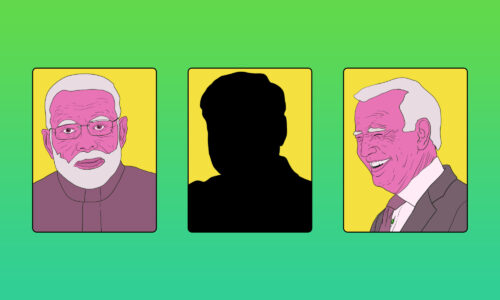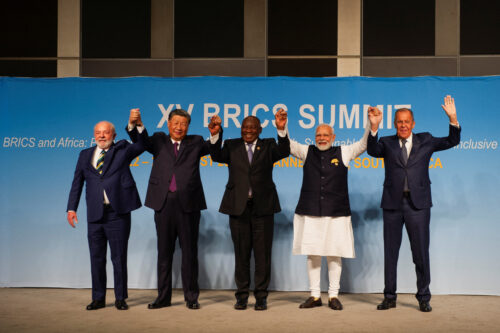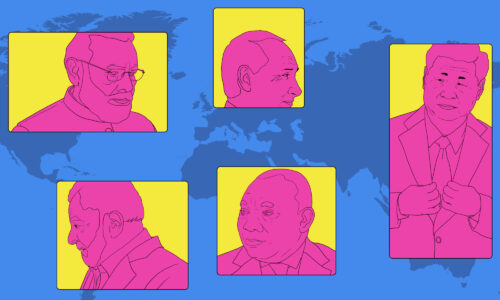Chinese and Indian border troops clash for the first time since 2020
A skirmish between Chinese and Indian soldiers broke out last week in the western theater of the Line of Actual Control (LAC), stoking fears of violent clashes to come.

Chinese and Indian soldiers clashed last Friday at the disputed Himalayan border known as the Line of Actual Control (LAC), marking the first incident since the deadly confrontations in the Galwan Valley in 2020.
The clash occurred in the mountainous Tawang sector of Arunachal Pradesh, a territory along the eastern theater of the LAC that China claims falls under its jurisdiction as part of Tibet, the Hindu first reported yesterday. The report was later confirmed by the Indian Army in a statement, which also acknowledged that the sector held “areas of differing perception.”
- Both sides sustained a few “minor injuries” and “immediately disengaged from the area,” while Chinese and Indian commanders held a deescalatory meeting, per the statement.
- Chinese Foreign Ministry spokesperson Wāng Wénbīn 汪文斌 said today at a press conference that the situation at the border was “generally stable.”
Though exact details of what happened remain unclear, differing reports have emerged from either side, with the Hindu and some other Indian sources reporting that a large number of PLA soldiers armed with crude weapons had encroached on India’s perception of the border.
- Chinese border guards “conducted a routine patrol on the Chinese side of the Line of Actual Control” but were blocked by “Indian troops who illegally crossed the LAC,” Lóng Shàohuá 龙绍华, a spokesperson from the Western Theatre Command of China’s People’s Liberation Army (PLA), said today.
- Indian defense minister Rajnath Singh told Parliament today, however, that PLA troops “tried to transgress the Line of Actual Control in Yangtse area of Tawang Sector and unilaterally change the status quo.”
The undemarcated 2,167-mile stretch of border between China and India has remained a high point of tension after 20 Indian and four Chinese soldiers were reportedly killed during a face-off in the Galwan Valley of Ladakh in the spring of 2020.
- The hand-to-hand conflict technically abided by the rules of engagement defined by a 1996 agreement, which forbids firearms within two kilometers from the border. Yet many had feared an escalation similar to the start of the one-month Sino-Indian War in 1962, since both countries had stationed “tens of thousands of troops armed with artillery, tanks, and fighter jets” along the border.
Since then, multiple high-level talks between military commanders have led to the disengagement of troops in some disputed areas, but have not thawed the diplomatic standoff between the two Asian giants.
- India will “not tolerate” unilateral attempts by China to alter the LAC, the country’s external affairs minister, Subrahmanyam Jaishankar, said last week, while accusing Beijing of building up troops along the disputed border.
- Indian army chief general Manoj Pande said in November that the “situation is stable but unpredictable.” He also confirmed that China has not reduced its forces on its side of the LAC following a report from the U.S. Defense Department.






